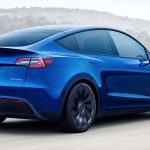AI isn’t coming. It’s already at your desk. And if you’re South African, chances are you’re ready to hit the ground running. A brand-new…
Why Range Rover remains the pinnacle luxury SUV
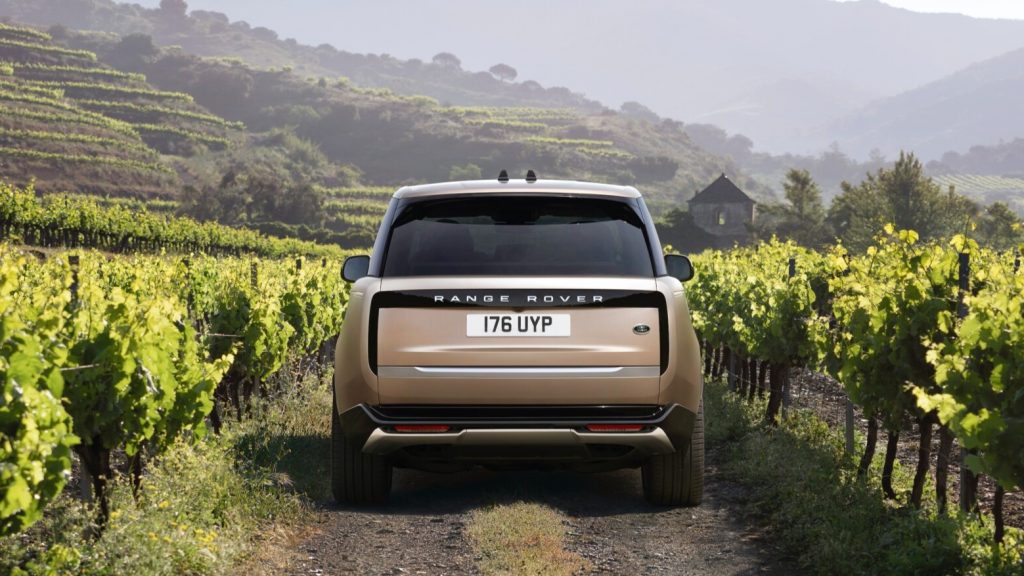
The Range Rover. In the realm of luxury SUVs, it is the original and most iconic, with an unrivalled legacy.
Although most Range Rover owners rarely venture beyond a mild gravel road, Land Rover has always equipped its apex product with immense all-terrain capability. And technology.
The fifth-generation Range Rover (designation ‘L460’) is now available in South Africa. Although it remains a massive vehicle, measuring 5.25m in the long-wheelbase configuration, it is also paradoxically unintimidating to drive. And startlingly agile, on the move, for something of its size.
Built on Land Rover’s MLA-Flex platform, the L460-series Range Rover looks slimmer than you’d expect for such a large vehicle. The rear third has a tapered visual reference, thanks to those shapely taillights.
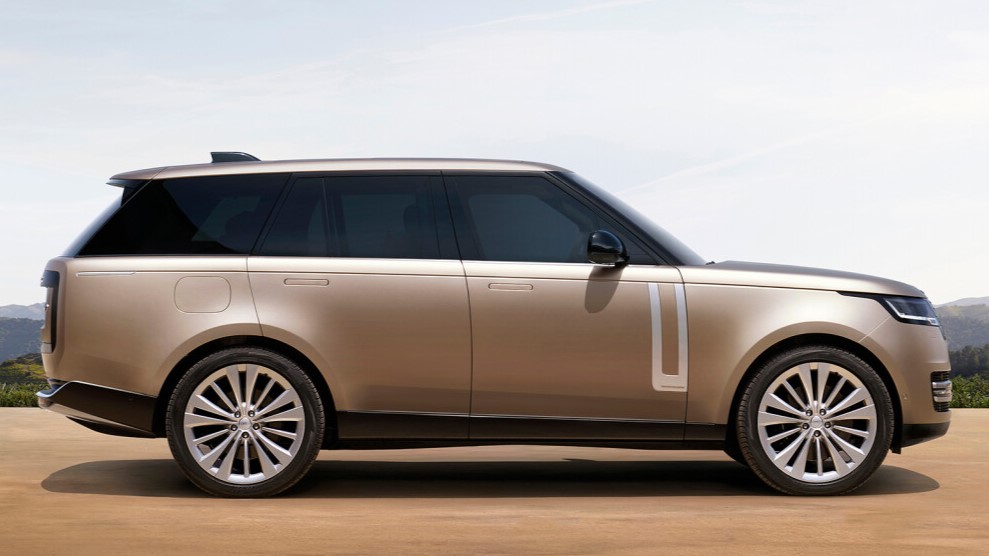
Big wheels – with little noise
An ode to tastefully purposeful design, with any garish chrome or misplaced graphic elements, the L460 Range Rovers are distinguished by enormous optional 23-inch wheels.
Those wheels enhance the Range Rover’s side profile, but they present significant challenges for engineers, who need to tame road noise and ride quality off-road.
Land Rover’s cleverest have executed brilliantly regarding the Range Rover’s massive 23-inch wheels and its legacy for stately ride comfort. And cabin ambience. Meticulously placed sound-deadening material and noise cancelling headrests deliver an uncannily quiet ride. Especially for a luxury SUV with such a huge frontal area.
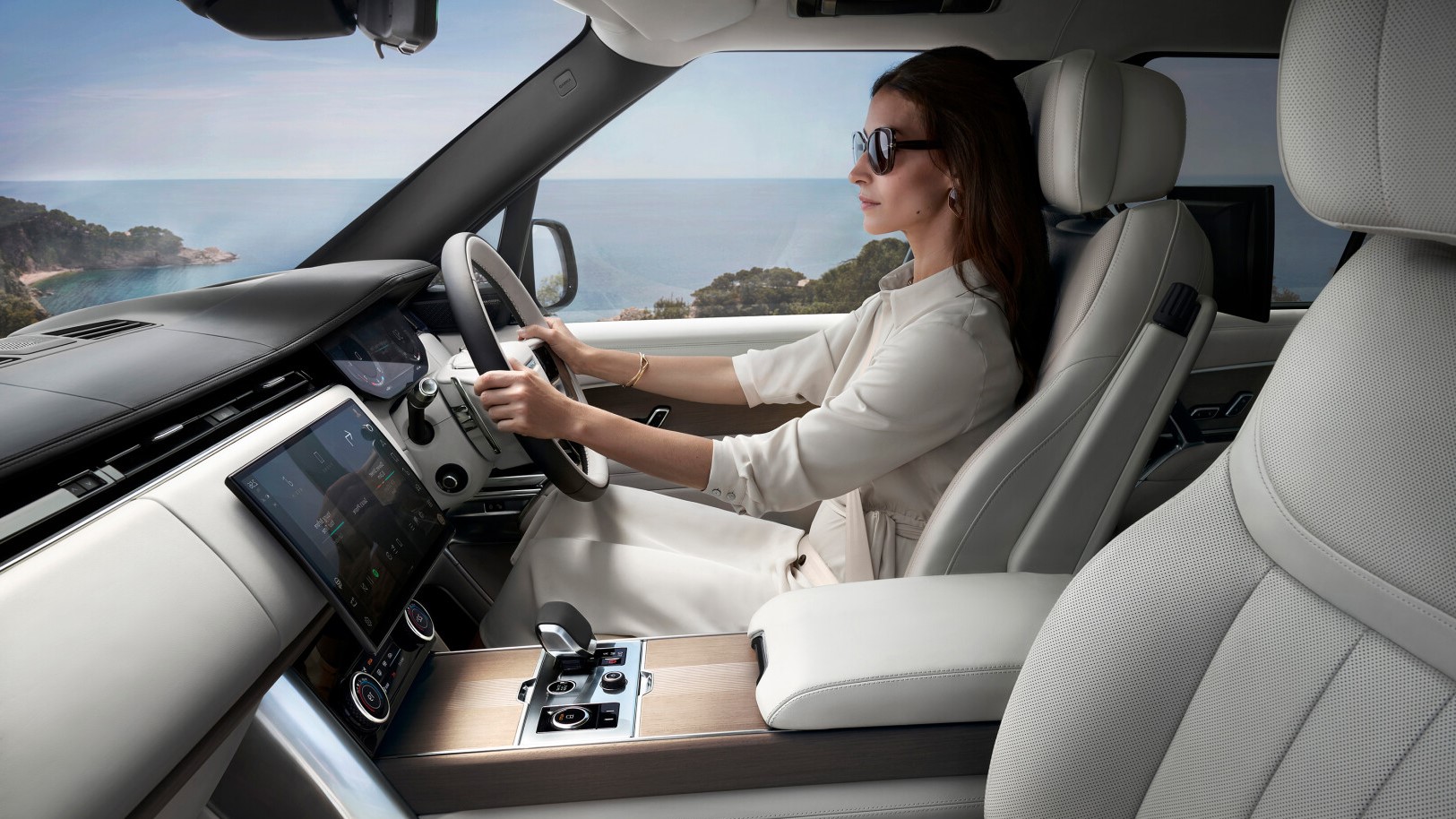
Exceedingly comfortable
The cabin comfort is superlative. Land Rover’s sourcing department clearly spared no expense regarding immaculately padded seats that can be configured to pamper any body shape. The Range Rover driving position remains peerless, too, enabling a commanding sense of awareness – without compromising long-distance driving comfort.
Technology is what you’d expect for a vehicle portfolio starting at R3m. The latest Pivi Pro infotainment system operates via a 13.1-inch curved touchscreen. It features excellent haptics and seamless device connectivity. But Range Rover UX designers have also recognised the need for some tactility. As such, the new Range Rover retains traditional hard switches for climate control, which makes it much easier to adjust on the move, over rougher road surfaces.
Rear passengers have their own 11.4-inch high-definition screens, mounted in the front seatbacks. With an array of connectivity options, to enjoy an independent entertainment experience via HDMI porting or the vehicle’s Wi-Fi hotspot.
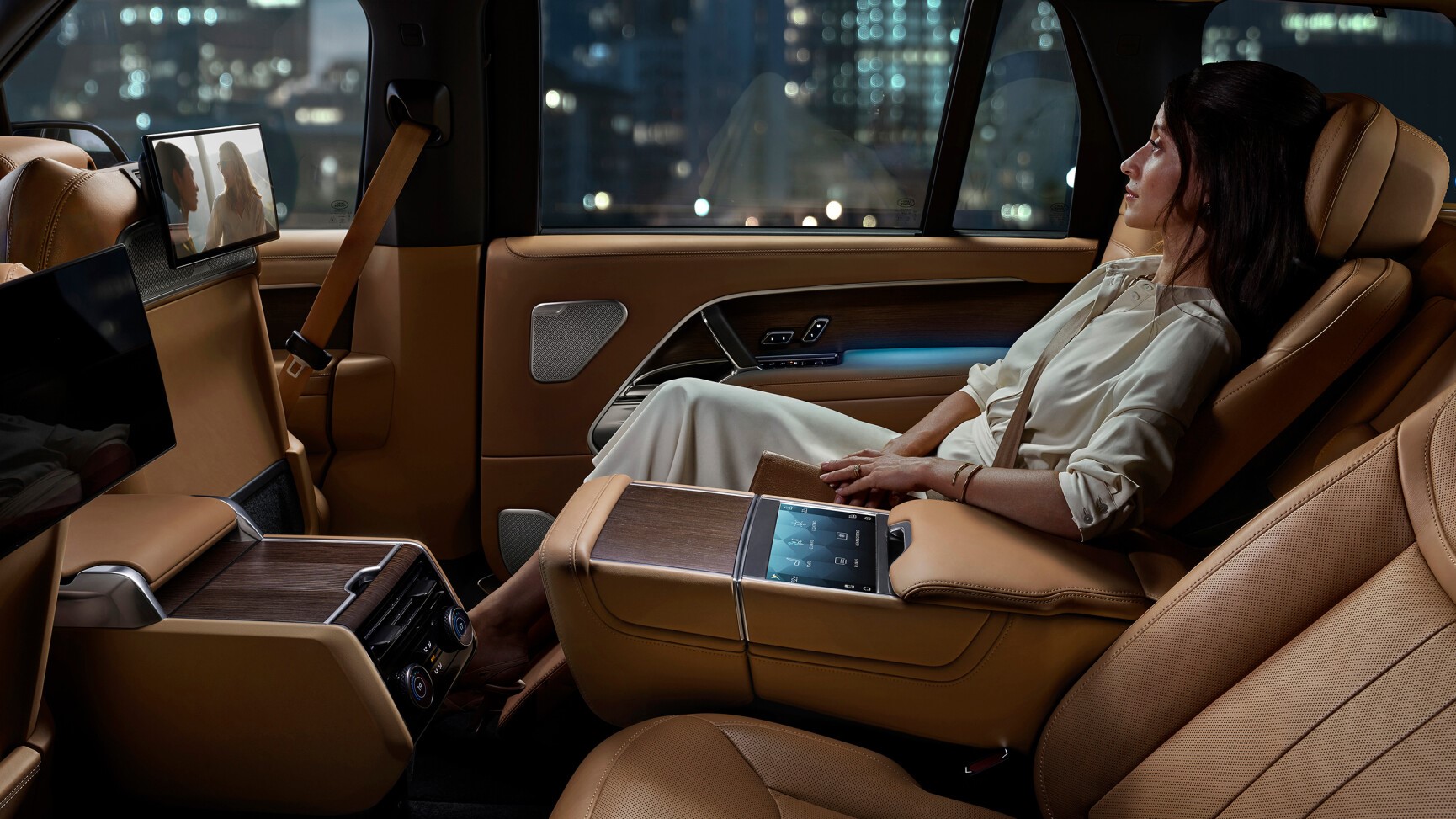
Impeccable Range Rover ride quality
South African buyers will have the option of two familiar engine configurations, a 4.4-litre turbopetrol V8 (P530) and 3-litre six-cylinder turbodiesel (D350). Both engines drive via a the ZF eight-speed automatic transmission, and despite the Range Rover derivatives all being quite hefty, overtaking acceleration will never trigger anxiety.
The P530 engine is good for 390kW and 750Nm, delivering tremendous performance, with a 0-100km/h time of only 4.6 seconds. Those Range Rover owners who desire a touch less performance, but better cruising range, will find the D350, with 257kW and 700Nm, much to their delight.
But perhaps the most impressive aspect of this new Range Rover, is not its immaculately comfortable cabin. Or the taming of all the potential road noise, from those enormous 23-inch wheels. No. It is the interplay of ride quality, agility and stability.
Regardless of road surface, the Range Rover’s air-suspension works brilliantly. It employs an eHorizon system, which uses GPS to evaluate road conditions and prime the suspension for action.

It turns like a small SUV
Electrically controlled anti-roll pushrods keep it stable during high-speed cornering, but the magic ride quality is what truly impresses. Much of that results from twin-tube dampers, with a much broader operating range of bump sensitivity, compared to a single-setting shock.
Range Rovers have always been huge. Especially the long-wheel base versions. But this new version, is amazingly agile, despite its size. The secret is a four-wheel steering system, which enables slight angle changes to the rear wheels. This remarkably shortens the Range Rover’s ‘virtual’ wheelbase, enabling it to achieve a turning circle of only 11m.
On our Cape West Coast test drive, where the Range Rover’s ride quality was astounding, the four-wheel steering proved its value. We missed a turn-off on a dirt road section. I would ordinarily have been hesitant to attempt a U-turn in the previous-generation Range Rover, for fear of having to evolve it to a three-point turn.
The new one elegantly arched through 180-degrees, in a seemingly impossible space for such a large vehicle.
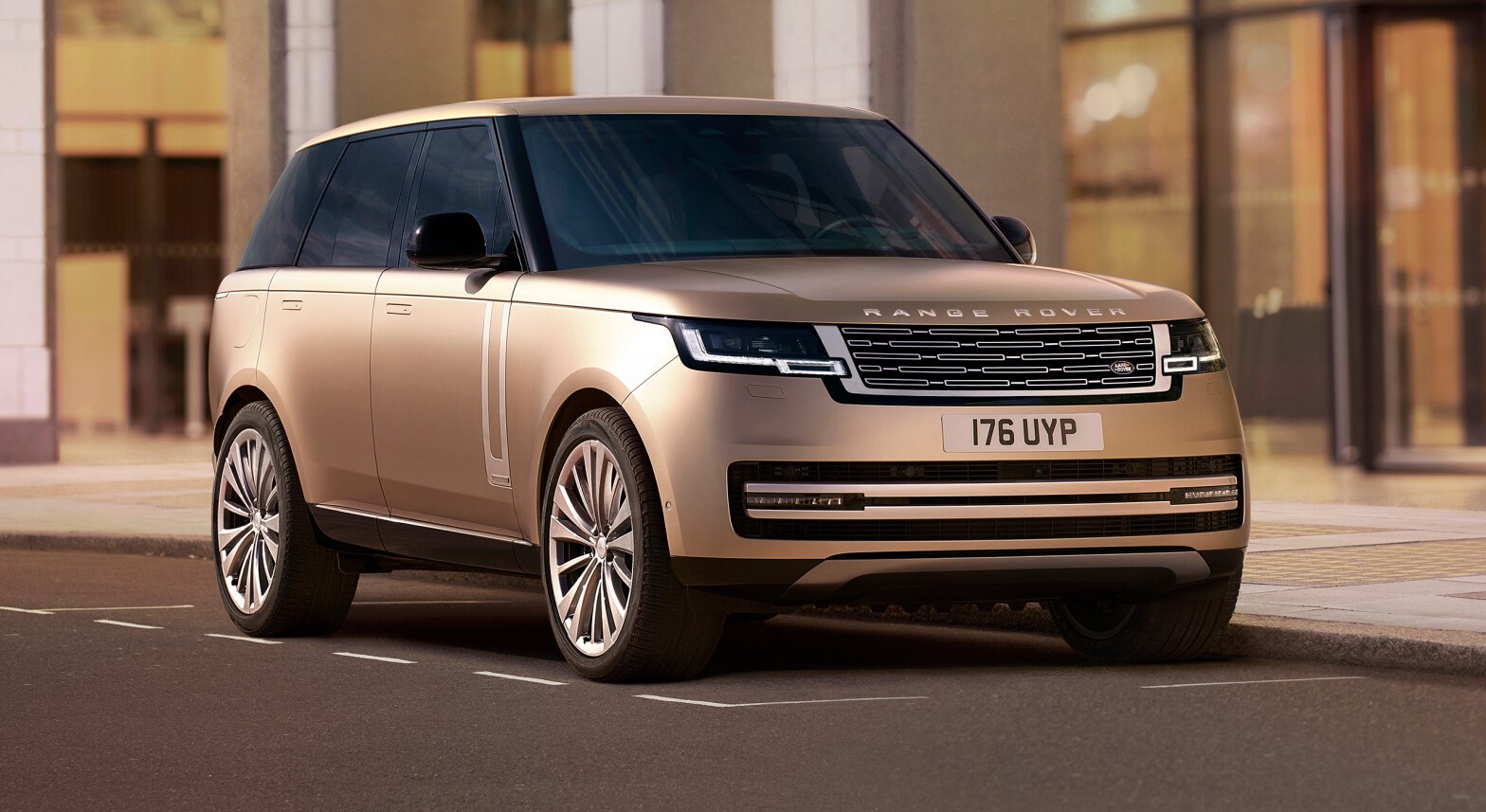
Grace and pace
Is it perfect? Not quite. There are some plastic finishes in the cabin, where you’d expect metal. And the steering wheel has a very odd lower spoke profile. But I have a legacy thumb and opposing forefinger misalignment issue (due to a bike crash), which makes my preferences for steering wheels and their ergonomics quite idiosyncratic.
Range Rover continues to trump most German luxury SUV rivals, with its elegant design, avoiding the trappings of overly aggressive surface touches.
Suspension settings with too much compression damping have been the undoing of many German luxury SUVs, rendering nearly intolerable ride quality on South African roads. With Range Rover, engineers prioritise ride comfort instead of cornering speeds. And it is all the better, for it.
The new Range Rover starts at R2 947 000, for the D350 HSE standard wheelbase, and peaking at R4 473 000, for a P530 SV long wheelbase.
